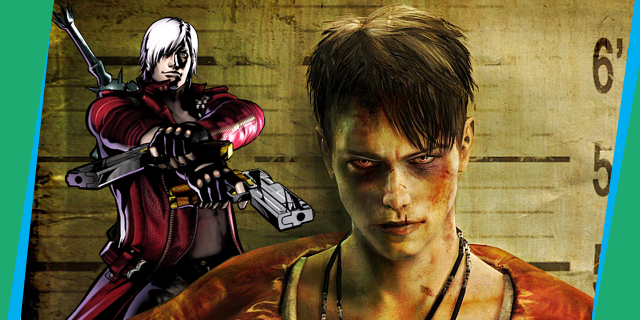
Welcome to Top Tier, an ode to the aesthetics and other small parts often left overlooked in video gaming. From costume design to sweeping symphonies and riveting stories to special features, this column aims to bring people together to appreciate the little things.
It was that fateful day in September 2010 when Ninja Theory’s DmC: Devil May Cry was unveiled. Shown at Capcom’s press event during the Tokyo Game Show, the highly stylized trailer had all the machinations of a Devil May Cry game: the slick attacks, the rock driven music and the menacing creatures. Only one question hung in the air as the trailer unfurled: where’s Dante? This poser has his guns, but he’s obviously a new character (like Nero before him).
As the trailer began to wind down, a disembodied voice called out to this man, demanding his name. Then the truth was revealed: this man was indeed our favorite demon-slaying party boy, Dante.
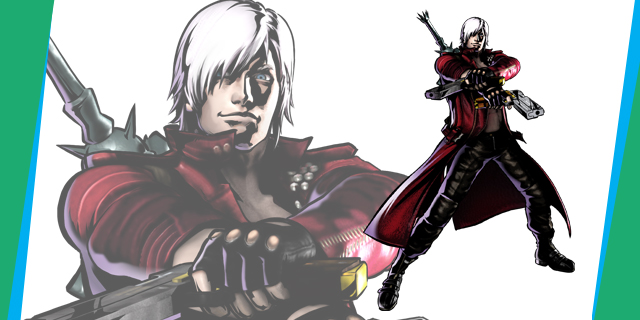
Dante, what happened to you? One minute you were winning over gamers worldwide with your boyish charm. Then, all of a sudden you pulled a 180 on us, losing weight, taking up smoking and dyeing your hair. But is it really something worth getting riled up over? Is Dante’s character design an important enough facet of the series to warrant an argument, especially when the rest of the game looks to be solid as a rock?
Lead designer Tameem Antoniades contests that what was cool then is no longer cool now, and that is why this change had to happen. In a sense, he’s right.
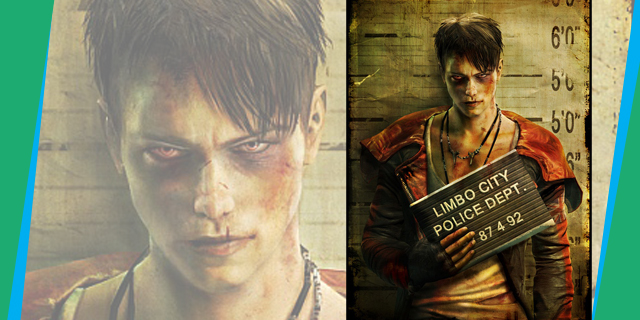
Persians, sequels and ottsels! Oh my!
Released in 2001 alongside Devil May Cry, Jak and Daxter was a fairly lighthearted affair. The 2003 sequel took a slightly darker approach, sporting a Jak with long hair, a beard and the ability to use guns. This shift came right on the tail of the new Grand Theft Auto games, seen by many as the rise of mature gaming. This change was one gamers were able to digest easily, since there was only one previous game to establish this character’s persona. In Jak and Daxter, Jak never speaks, so the change felt like the player was simply getting to know him better.
When Jak 3 arrived, it featured a similar-looking Jak with subtle differences. The key factor here? Naughty Dog changed Jak’s design within the realm of a familiar base, never deviating too far. They kept him fresh and interesting, but didn’t turn him into a stranger.
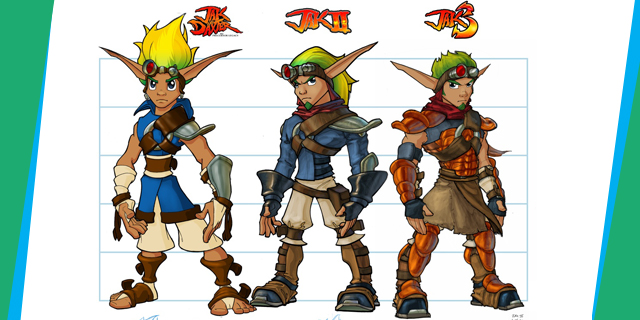
Prince of Persia: Warrior Within is a great example of this idea gone wrong. Ubisoft Montreal tried their hardest to bring gamers a fun game along with a grittier, more serious Prince in their second effort. The mission was ultimately a success, but a lot of fans and reviewers panned the decision to turn the Prince into a goth-metal poster child. This was because, unlike Jak, the Prince’s personality had strong roots at debut. Gamers were able to form a strong opinion on the character ,because the developers put a lot of effort into making his story colorful.
Link: The Nintendo Connection
For a second now, I want to explore the other side of the spectrum. Let’s look at a character design that has hardly changed for the last 15 years. Now obviously Link is the coolest elf ever featured in any visual media. Just look at the amount of product his series sells. But how was Nintendo able to pull this off for so long without really ever changing a hair on his head? Simple: it’s because we treat Link as more of a vehicle. He’s here to cart us to much more exciting events and characters. Since his vocabulary consists of random yelps and grunts, his experience may as well be our own. Up until Wind Waker, Link’s facial reactions never really changed that much either, but they didn’t need to. The way the game was built around him made up for the fact that the best thing he had going was his tried-and-true green tunic. Nintendo knew this, and so it never futzed with the formula. As long as his design fit the art style of the game, fans were going to have little to no issue with his appearance.
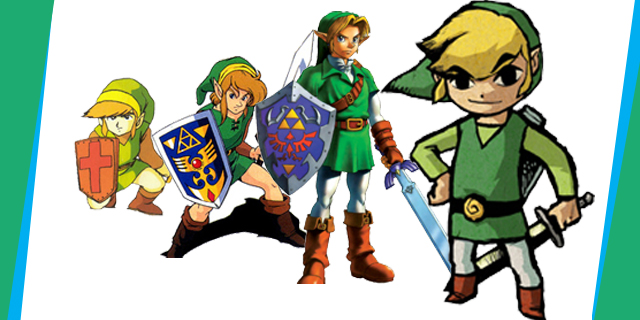
The minds at Nintendo are genius in this respect. How have Mario or Samus really changed over the years? The moment Team Ninja tried to breathe life into Samus’ character with Metroid: Other M, it was met with disapproval (although this could be attributed to poor writing). Most Nintendo characters possess just enough personality to be interesting, but avoid being overwrought.
Dante, on the other hand, has larger shoes to fill. Devil May Cry plots tend to revolve around his tainted lineage, so if his personality doesn’t fit the story, he’ll come off as boring. (Much like his stoic persona in Devil May Cry 2.) In this respect, DmC Dante seems to be right on track.
Looking at the Devil May Cry series as a whole, Dante’s design has changed very little. He’s always sported that red trench coat, silver hair, and smarmy attitude (except in the polarizing Devil May Cry 2). The gameplay has improved and the story has jumped around, but he’s always been pretty much the same guy. This is the real reason why DmC Dante is a bitter pill to swallow. He no longer looks familiar (unless he’s in devil trigger mode, but we won’t get into that), and the fact that he smokes will be a topic that will be run into the ground. Yet his path still lies somewhere between Jak’s and Link’s.
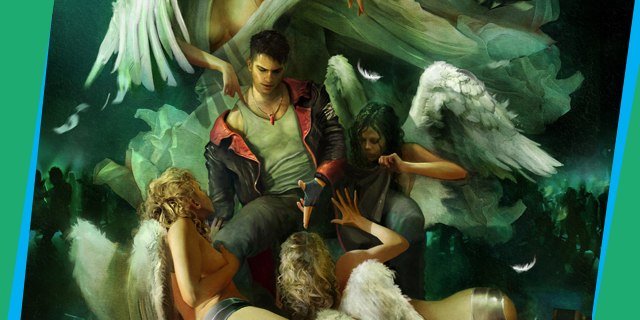
It’s a path of natural progression, but it might take a while to adjust, as we’ve come to expect more of the same. Newcomers to the series should have no problem settling in with this updated version, but grizzled vets are likely to be skeptical up to the game’s release.



















